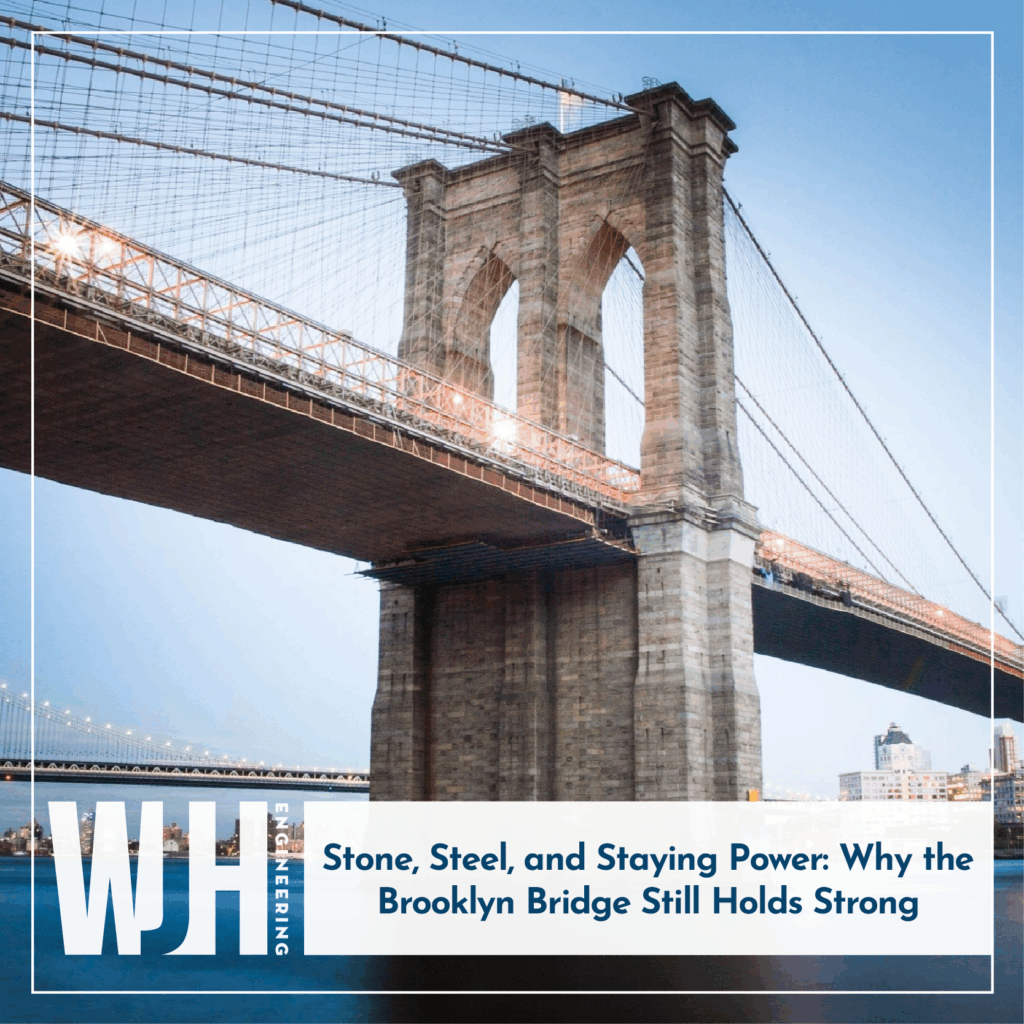On any given day, the Brooklyn Bridge stands as more than just a link between boroughs – it’s a monument to engineering foresight and resilience. Completed in 1883, this iconic structure was the world’s first steel-wire suspension bridge, and it remains a marvel of 19th-century ingenuity.
Constructed over 14 years, the Brooklyn Bridge was built using a hybrid cablestayed/suspension design. The cables, made from thousands of individual steel wires, distribute loads efficiently while allowing the deck to flex under stress, minimizing fatigue. These early design decisions weren’t just about crossing a river; they were about creating a structure that could stand the test of time. 142 years later, the bridge has done just that.
On May 17th, a Mexican naval ship collided with the Brooklyn Bridge, raising immediate concerns across New York City. Fortunately, after a swift and thorough inspection, engineers from the New York City Department of Transportation (NYCDOT) confirmed that the bridge remained structurally sound after impact, just as its original design intended. The bridge’s robust construction, including its high-tensile cables and granite towers anchored in bedrock, ensured that it would be able to absorb the impact without compromising its structural integrity.
This incident is a powerful reminder of the importance in designing for resilience and longevity. The Brooklyn Bridge remains a testament to what is possible when infrastructure is built to endure. While we don’t build bridges here at WJH Engineering, we take great pride in bridging the gap in communication between our staff, our clients, and all reviewing agencies having jurisdiction over our projects. If you are looking for an engineering firm that is as responsive as it is reliable, contact us today!

